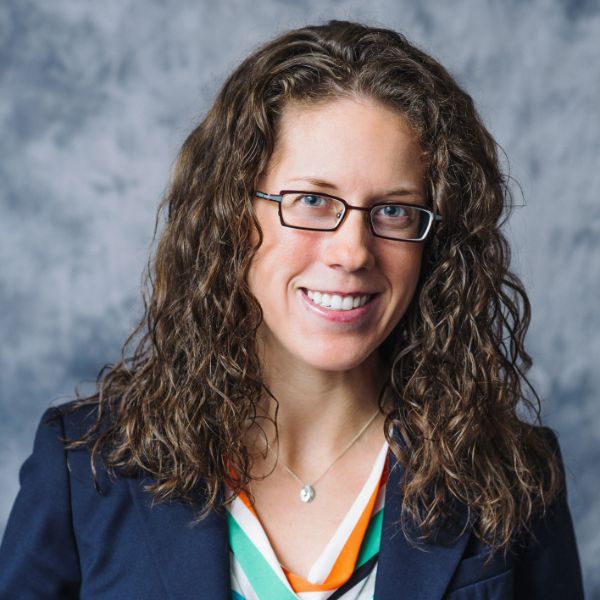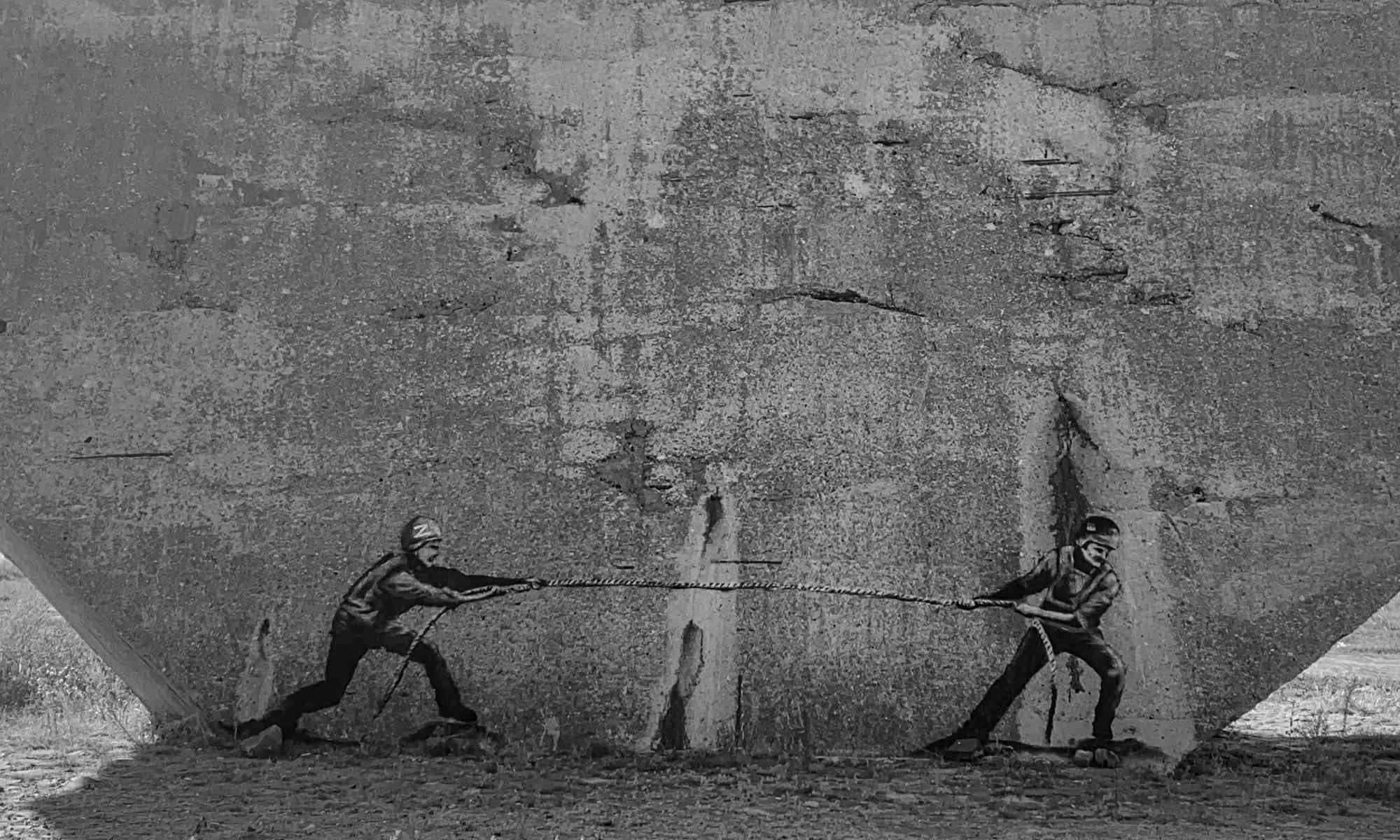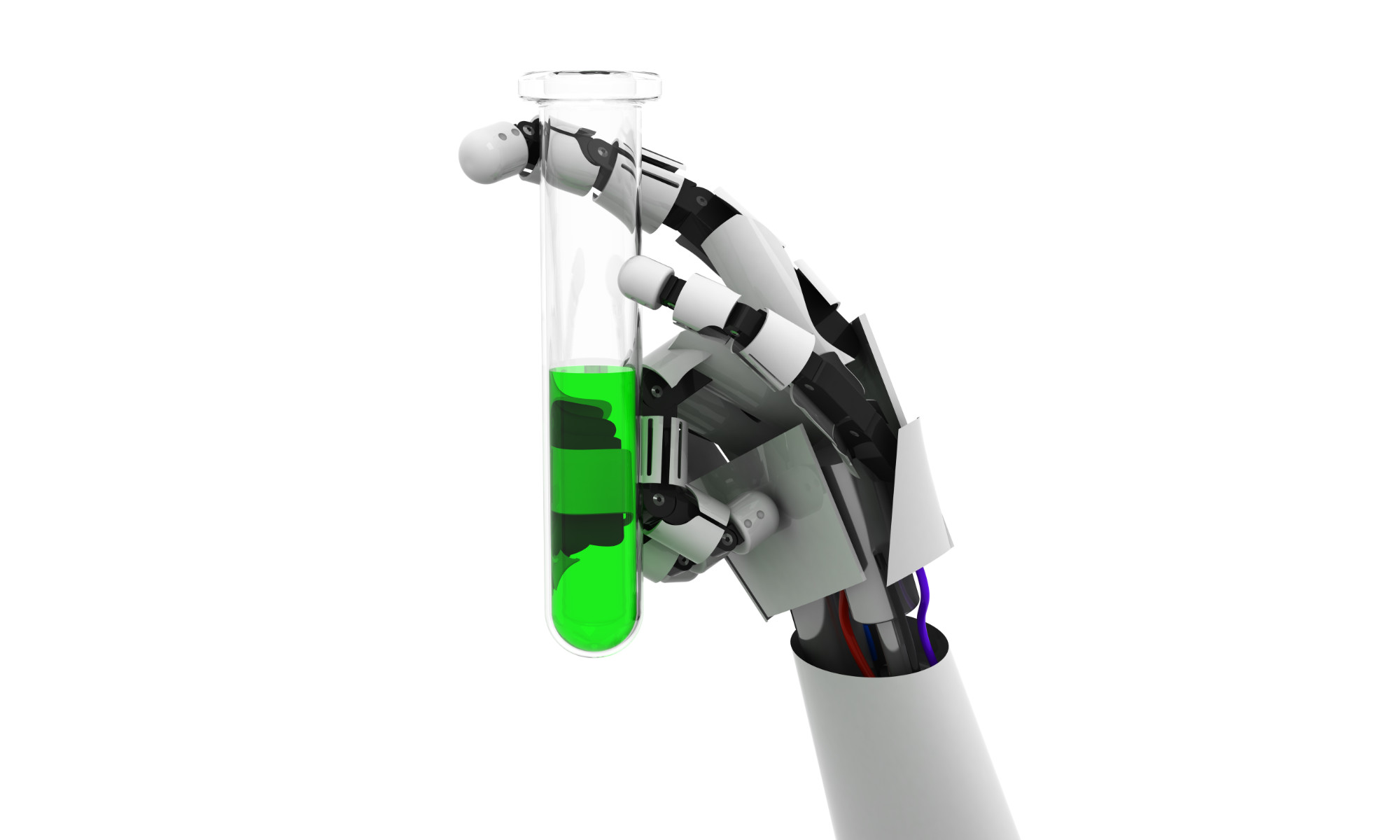In an op-ed for the New York Times, Adnan Hirad ’20M (MD/PhD) contends that disinformation—or the deliberate spreading of false or misleading information—about COVID-19 “has metastasized among Somalis in the United States and abroad.”
This coronavirus disinformation sometimes takes the form of WhatsApp messages about homeopathy remedies, such as drinking warm water, eating garlic, and applying black seed oil every day to prevent COVID-19. Other times, it manifests as subtitled videos asserting that Bill Gates is funding coronavirus vaccine research in order to implant and track people with nano-size microchips.
Writes Hirad, “it is scary that these messages are being used to terrorize vulnerable populations already struggling with the enormous disruptions of a pandemic.” Yet, he notes:
“How, when, where and why these messages spread through a network of Somalis inside and outside the United States remains a question. Does each ethnic community have its own special network of disinformation?”
Hirad, a recent graduate of the Medical Scientist Training Program at the University of Rochester’s School of Medicine and Dentistry, explains that he was taught to consider the interconnectedness of a patient’s social, psychological, as well as biological factors. For some patients, these factors might include a mistrust of Western-endorsed public health campaigns—which anti-vaccine advocates can prey on. In Minnesota in 2017, the consequence of this mistrust in medical expertise was a measles outbreak in the Somali-American community.
“To compete for the hearts and minds of communities against viral misinformation, public health approaches have to be organized around both national and local cultural touchstones,” Hirad writes. “Such public health efforts to combat misinformation should start now.”
- Read the full New York Times op-ed online.



